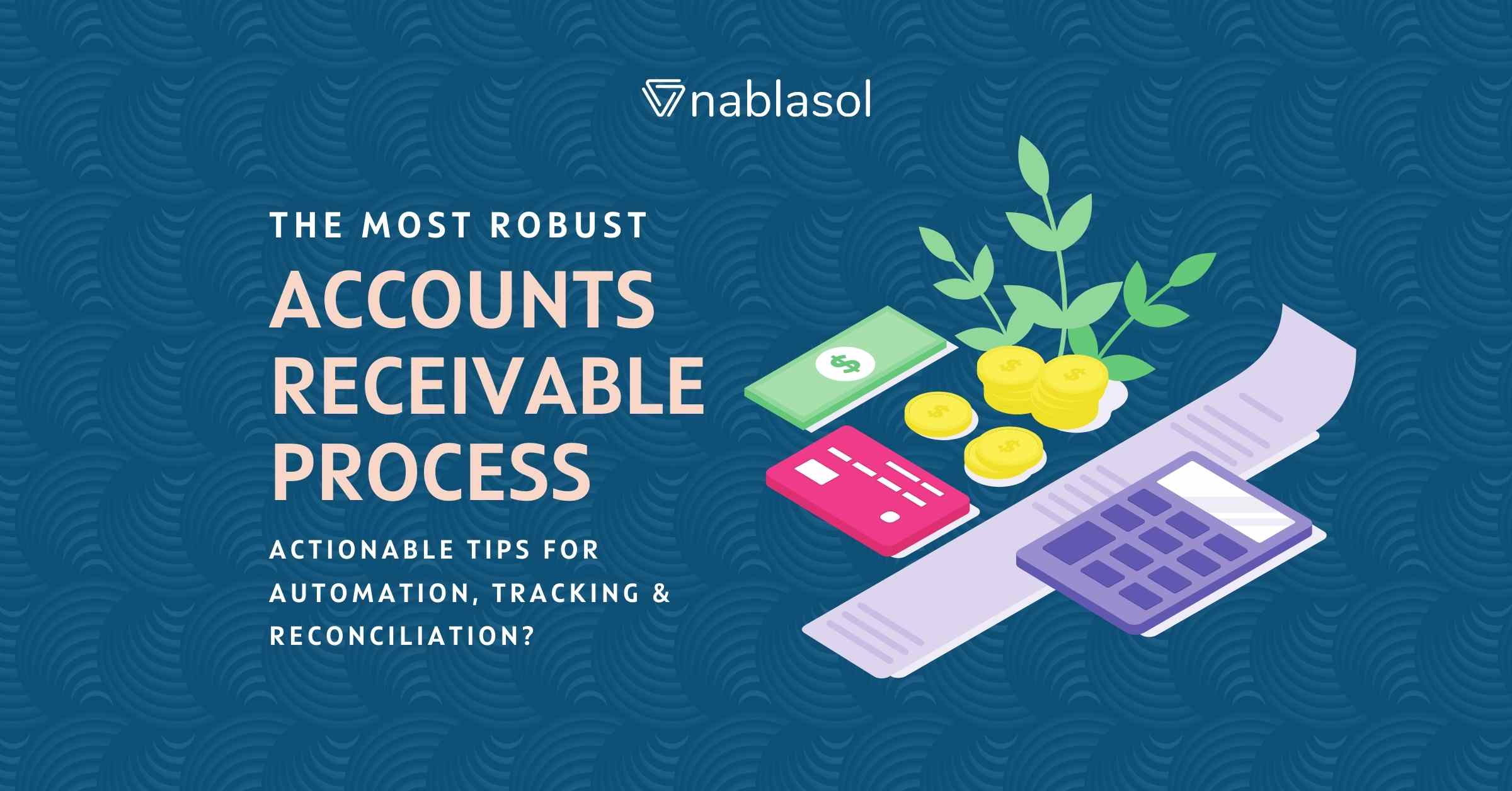In this case, data-driven marketing is essential for a business to maximize performance, optimize ad spending, and bind customers. Marketing analytics offer an invaluable insight into a company by tracking web traffic, conversion rates, and customer behavior, leading to modified strategies.
Brands can utilize SEO analytics to improve visibility, enhance user experience, and drive better results. This blog explores analytics in marketing, including metrics to track and how it can empower businesses to make decisions backed with data.
Brands can use SEO analytics to boost online visibility and enhance user experience, leading to better engagement and sales. Even for small startups, marketing analytics ensures decisions are based on facts, not assumptions.
In this article, we’ll explore how analytics impact marketing, key metrics to track, and how data can shape effective strategies.
Explaining Analytics in Marketing
Marketing analytics involves collecting, measuring, and analyzing data to evaluate campaign performance. Tools like Google Analytics, social media insights, and SEO tracking help businesses understand what resonates with their audience.
By monitoring traffic sources, bounce rates, and engagement metrics, businesses can align their strategies with consumer demand. Tracking conversion trends provides a clearer picture of what works and what doesn’t.
With these insights, companies can refine campaigns, allocate resources wisely, and personalize marketing efforts. Instead of relying on intuition, data-driven decisions lead to better results.
4 Notable Advantages of Working with Analytics
1. Decision-Making Based on Data
Analyzing marketing performance helps businesses allocate budgets wisely and maximize returns. If an e-commerce brand finds that email marketing converts better than social media ads, they can shift resources accordingly.
This approach ensures that every dollar spent drives business growth instead of being wasted.
2. Better Targeting and Audience Segmentation
Customer segments are categorized by demographics, behavior, and search intent. This allows companies to create personalized campaigns that resonate with specific audiences.
For example, emails can be tailored to past purchases, while ads target users who visited a product page. Analytics help deliver the right message to the right people at the right time.
3. Campaign Enhancement
Monitoring advertising campaigns, email marketing metrics, and social media engagement in real-time allows quick adjustments for higher conversion rates. If a Facebook ad is underperforming, marketers can change the copy or visuals to improve results. Instead of waiting until the campaign ends, we can optimize as we go.
4. Improving Customer Experience
Businesses use heat maps, click-through rates (CTR), and session durations to understand customer interactions. These insights help refine content and improve website navigation. Heat maps and CTR data reveal what engages users and where they drop off.
With this information, businesses can enhance navigation, create better content, and ensure users find what they need—encouraging them to return.
Essential Marketing Analytics Metrics
- Organic Traffic – Measures website visitors from search engines like Google and Bing. High organic traffic implies solid SEO.
- Click-Through Rate (CTR) – Indicates how regularly users click an ad, email, or search result. A CTR hight means your content is something relevant with what your audience wants.
- Customer Acquisition Cost (CAC) – Measures the cost of acquiring new leads or customers. A lower CAC would mean you are converting leads with less efficiency.
- Customer Lifetime Value (CLV) – Determines the long-term revenue potential of any given customerEstimates the lifetime value of a customer from the business — or total revenue the business can expect from a customer over their lifetime with the brand.
- Bounce Rate – Represents the percentage of users leaving a site without browsing further.High bounce rate might mean that site content, speed of loading, user experience has problems
Using Analytics for a Marketing Context
- Leverage Google Analytics and SEO Tools
Using Google Search Console, Google Analytics tracking, and third-party SEO tools enables monitoring of keyword rankings, backlinks, and page performance. This data can help businesses adjust their SEO, optimize content or improve search engine visibility
2. Optimize Content with SEO Insights
Examining top-performing keywords, meta-descriptions, and content engagement can collectively amplify search engine rankings.Getting to know how customers search for information and engage with content means brand natively create more useful, shareable output.
3. Monitor and Improve the Performance of Ads
Testing pay-per-click (PPC) ads with respect to cost-per-click (CPC) and ad conversion rates enable effective budget allocations. Cost-per-click (CPC) and ad conversion rates are the stuff metrics are made of, so telling apart what generated best roi for businesses helps them solve better.
4. Get With A/B Testing to Better Your Results
Testing variations of landing pages, email campaigns, or CTA buttons proves helpful in engagement and lead generation. By comparing the engagement and conversion rates, the best variations of each site can be determined and used for future campaigns.
Conclusion
Marketing analytics form an integral part of generating targeted traffic, increasing conversion rates and improving brand recognition. By engaging in recurrent monitoring of SEO metrics, social media interactions, and customer insights, businesses can make data-driven decisions that would lead to performance optimization. While marketing analytics contributes to enhancing ROI, it also builds lasting growth strategies that prove beneficial in the long run.
Analytics not only helps to boost ROI, but they also allow businesses to build long term growth strategies that place the company ahead of competition.
The more companies data-ize their marketing, the more targeted and effective the campaigns; the more customer conversations they have, the more sustainable success.
This is especially true as we are in the midst of a rapidly evolving digital world, marketing analytics is no longer a tool but a business need to survive. Data allows to tune strategies and responses to consumer behaviors, enabling trends predictions as well great marketing that counts.








